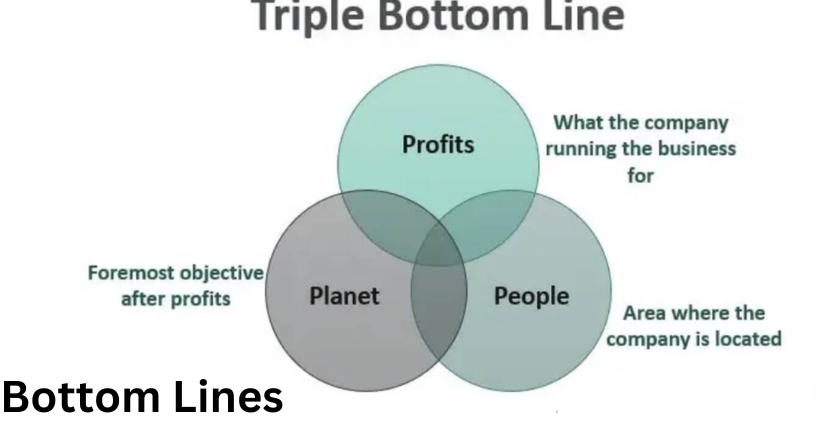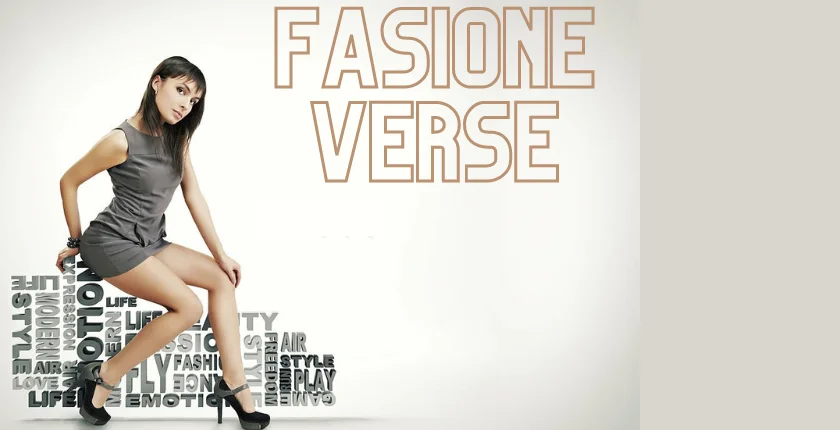Introduction:
In the fast-paced world Bottom Lines for a Fashion Company is staying ahead and ensuring a robust bottom line is essential. This article will guide you through the intricacies of boosting the bottom lines for a fashion company. We’ll dive deep into revenue optimization, cost-cutting, sustainable practices, and much more to help you thrive in this dynamic industry.
The Importance of Bottom Lines for a Fashion Company:
Your fashion company’s bottom line is the financial soul of your business. It represents the profits and losses and determines the overall health of your company. Understanding and optimizing your bottom line is the first step to success.
What Are Bottom Lines in Fashion?
The bottom lines for a fashion company encompass various financial aspects, including revenue, expenses, and profits. To succeed, you must focus on these fundamentals while keeping an eye on the broader market trends.
The Role of Revenue in Fashion:

Maximizing your revenue is vital. Diversify your sales channels, explore e-commerce, and tap into global markets. Effective marketing and branding strategies can significantly boost your sales.
Cutting Costs in Fashion
Reducing expenses is as crucial as increasing revenue. Explore efficient inventory management, streamline production processes, and make smart choices when it comes to your supply chain.
Profit Margins and Fashion
Elevating profit margins requires a balance between pricing and costs. Strategic pricing and cost control are key to improving the financial health of your fashion company.
The Power of Inventory Management:
Effective inventory management is essential to keep your bottom line healthy. Minimize wastage, control overstock, and ensure that your products are always in demand.

Pricing Strategies in Fashion
Setting the right price points is an art. Find that sweet spot between affordability and perceived value to attract a wider customer base while ensuring profitability.
Marketing and Branding for Success
Building a strong brand identity is crucial in the fashion industry. Effective marketing strategies and consistent branding can make your fashion company stand out in a crowded market.
Online vs. Offline Sales Channels
Today, fashion companies must navigate both online and offline sales channels. Understand the unique challenges and opportunities each presents to ensure a balanced bottom line.

Supply Chain Efficiency
Streamlining your production and logistics can lead to significant cost savings. Make your supply chain efficient and agile to meet changing market demands.
Sustainable Practices in Fashion:
Embracing eco-friendly initiatives not only contributes to a positive image but also reduces costs in the long run. Sustainable fashion practices are the future of the industry.
Customer-Centric Approach
Enhancing the shopping experience is essential for customer retention and word-of-mouth marketing. Satisfied customers are more likely to contribute positively to your bottom line.
Data Analytics and Fashion
Harnessing data for better decision-making can give you a competitive edge. Use analytics to understand consumer behavior and market trends, helping you make informed choices.

Influencer Marketing in Fashion
Harnessing the power of social media and influencer marketing can be a game-changing strategy. Partner with influencers who share your brand’s values to enhance your fashion company’s visibility.
Expanding to New Markets
Global growth strategies are essential for expanding your fashion company’s reach. Explore new markets, understand local preferences, and adapt to succeed internationally.
Adapting to Industry Trends
Staying relevant in the fashion industry means adapting to ever-changing trends. Flexibility and innovation are key to maintaining a healthy bottom line.
The Impact of Fashion Shows and Events:

Fashion shows and events can generate buzz around your brand. Participating in or hosting these events can lead to increased visibility and sales.
Employee Satisfaction and Productivity
Motivated employees contribute to a healthy bottom line. Invest in your team’s satisfaction and productivity for long-term success. A fantastic read about Los Altos Ranch Market
Handling Financial Challenges
The fashion industry can be unpredictable. Learn to navigate economic ups and downs, ensuring your company remains resilient during challenging times.
Dealing with Fashion Counterfeits
Protect your brand from imitations and counterfeits. Implement strategies to safeguard your intellectual property and maintain consumer trust.
The Future of Bottom Lines for a Fashion Company:

Embrace innovation and technology to secure your fashion company’s future. Stay updated with industry trends and continually reinvent your business.
Conclusion: Bottom Lines for a Fashion Company
In the ever-evolving realm of the fashion industry, excelling in the practice of enhancing a fashion company’s bottom lines is paramount to achieving success. By putting into action the strategies and insights detailed in this article, you can improve your company’s financial vitality, cultivate a robust brand identity, and flourish in this fiercely competitive sector. Always keep in mind that it’s not merely about fashion; it’s about crafting a prosperous business. Get Mor Information About LifeStyle
FAQs:Bottom Lines for a Fashion Company
How can I improve my fashion company’s profit margins?
To improve profit margins, focus on cost control, strategic pricing, and efficient inventory management.


